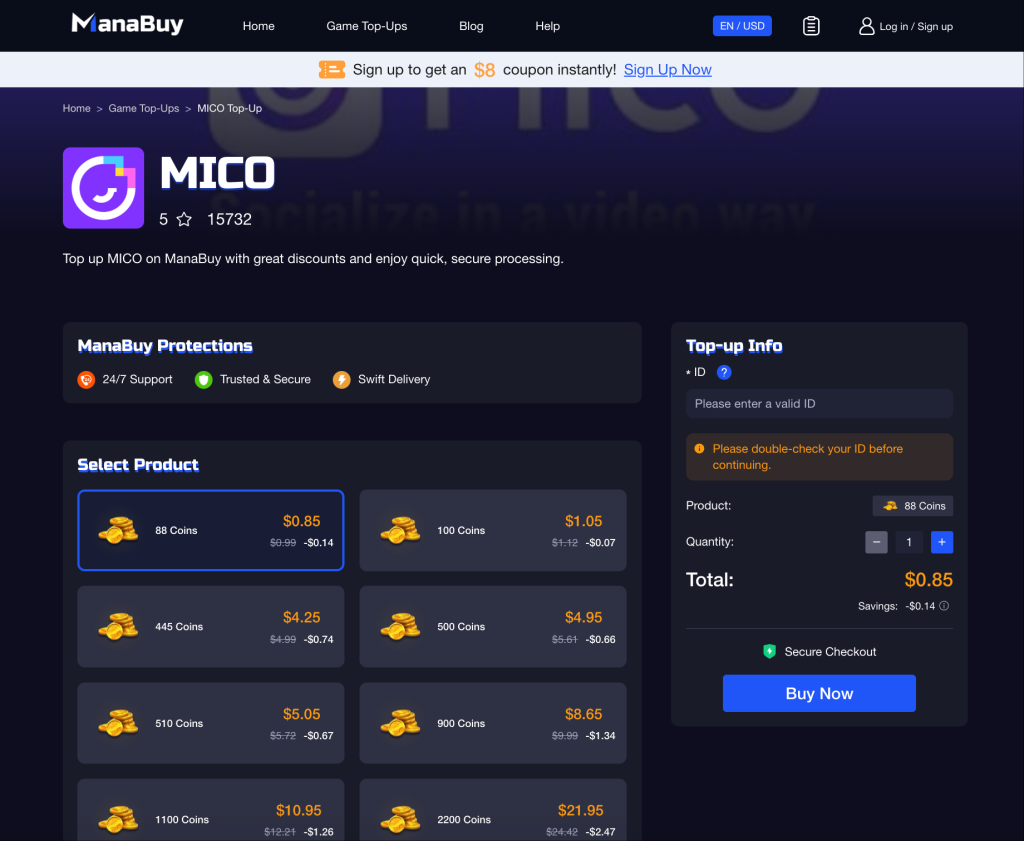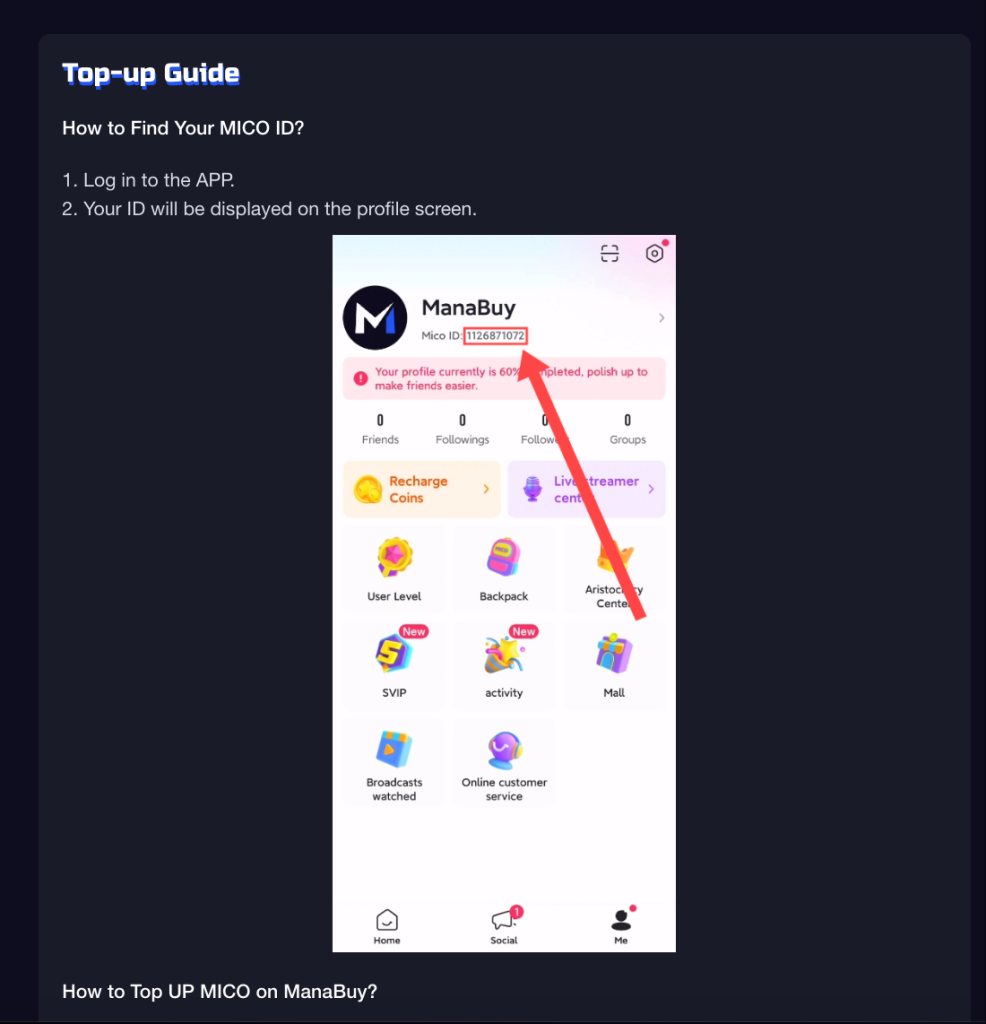Homeownership comes with many responsibilities—and expenses. Roof replacement is one of the most significant costs a property owner might face, particularly in areas like New Jersey, where seasonal extremes and Nor’easters can accelerate roof wear and tear. Understandably, many homeowners and property investors ask: Can you claim roof replacement on taxes?

The answer, like most tax matters, is nuanced. This guide breaks down when a roof replacement may be tax deductible, how to qualify under federal tax law, and what New Jersey residents need to know to make the most of possible savings. Let’s get into details with Charles Jimerson of CJ Commercial Roofing NJ.
Is Roof Replacement Tax Deductible?
In general, residential roof replacement is considered a home improvement, not a tax-deductible expense in the year it occurs. The Internal Revenue Service (IRS) differentiates between repairs (which restore functionality) and improvements (which add value or extend the life of a property).
Key Insight:
If you’re replacing a roof because it’s at the end of its useful life or you’re upgrading materials (e.g., switching from asphalt shingles to metal or tile), the IRS sees this as a capital improvement—not an immediate deduction.
However, there’s a caveat: capital improvements can benefit you later, particularly when you sell your home.
Capital Improvements and Tax Basis
Let’s say you install a new roof in 2025 in Middletown, NJ, at a cost of $15,000. This amount isn’t deductible right away. But it increases the cost basis of your home.
Cost basis is what you paid for the home, plus major improvements. When you eventually sell, the difference between the sale price and your adjusted cost basis is your capital gain. The higher your basis, the lower your taxable gain.
Example:
- Purchase Price: $300,000
- Roof Replacement: $15,000
- Adjusted Basis: $315,000
- Sale Price: $400,000
- Capital Gain: $85,000 (instead of $100,000)
In this case, the roof replacement in New Jersey becomes a long-term tax-saving tool—not an immediate deduction.
When Is Roof Replacement Immediately Tax-Deductible?
There are exceptions. In some cases, roof work can be deductible sooner—especially if the property is used for business or income-generating purposes.
1. Rental Properties in New Jersey
If you own a rental property in Jersey City, for example, and replace the roof, the cost may qualify as a capital improvement subject to depreciation over 27.5 years under IRS rules.
You cannot deduct the full cost in one year, but you can claim annual depreciation deductions.
📌 Pro Tip: Track all expenses with documentation—contracts, material invoices, and before/after photos. The IRS may require proof in case of an audit.
2. Home Offices (Partial Use)
With the rise of remote work in New Jersey, many taxpayers use part of their residence as a home office. If you meet IRS requirements for exclusive and regular use, a portion of the roof replacement cost may be deductible under the home office deduction.
This only applies to the percentage of your home used for business. So if 10% of your home is a qualified office space, 10% of your new roof’s cost may be amortizable or depreciated.
Energy-Efficient Roof Upgrades and Tax Credits
One area where you can see immediate tax benefits is if your roof replacement qualifies under energy-efficiency tax incentives.
Federal Energy Efficient Home Improvement Credit (25C)
This credit covers eligible energy-efficient improvements made to your primary residence. For roofs, this typically means installing:
- Metal roofs with appropriate pigmented coatings
- Asphalt roofs with cooling granules
Under the updated Inflation Reduction Act, homeowners may claim up to 30% of the cost for qualified energy improvements, with an annual limit.
⚠️ However, the IRS is phasing out eligibility for roofs in this category. For New Jersey homeowners replacing a roof in 2025, it’s critical to check the latest IRS guidelines or consult a tax advisor.
New Jersey State Tax Considerations
New Jersey generally conforms to federal tax treatment regarding home improvements. That means:
- Personal-use residential roof replacement is not deductible at the state level.
- Capital improvements should still be tracked to adjust the property’s basis for state capital gains purposes.
In property tax assessments, however, a new roof may impact the home’s assessed value. If you’re concerned about rising property taxes in areas like Princeton or Montclair, it may be wise to consult with a local tax assessor before the upgrade.
Record-Keeping for Tax Efficiency
Regardless of the tax year or deduction eligibility, it is essential to keep thorough records of your roof replacement:
- Invoices from roofing contractors (licensed in New Jersey)
- Proof of payment
- Warranties
- Permits issued by New Jersey municipalities
- Photos of damage and new installation
- Energy Star certifications (if applicable)
This documentation will be invaluable when:
- Calculating cost basis for a future home sale
- Claiming depreciation on a rental property
- Proving eligibility for tax credits
Working With Roofing Professionals in New Jersey
Partnering with licensed, insured, and reputable roofing contractors in New Jersey can affect both the quality of work and the validity of your tax documentation. Reputable roofers will provide:
- Detailed invoices with itemized materials and labor
- Proper permits from local jurisdictions like Newark, Trenton, or Cherry Hill
- Recommendations for tax-credit-eligible roofing materials
Final Word: Consult a Tax Pro
Although this guide provides a strong overview, tax law is complex, and every situation is different. If you’re a New Jersey homeowner, working with a CPA or tax advisor familiar with both federal and state codes can ensure you claim everything you’re legally entitled to—without triggering red flags.
Key Takeaways
- Residential roof replacement is not immediately tax-deductible, but it increases your home’s basis, reducing capital gains taxes later.
- Rental property owners and home office users may be able to depreciate a portion of the cost.
- Certain energy-efficient roof materials may qualify for federal tax credits.
- New Jersey tax laws generally align with federal treatment, but property tax impacts may vary by municipality.
- Detailed documentation is essential to support future deductions or credits.
If you’re planning a roof replacement in New Jersey, don’t just look up—look ahead. With the right materials, professionals, and financial strategy, your new roof can offer protection, comfort, and even tax benefits for years to come.










